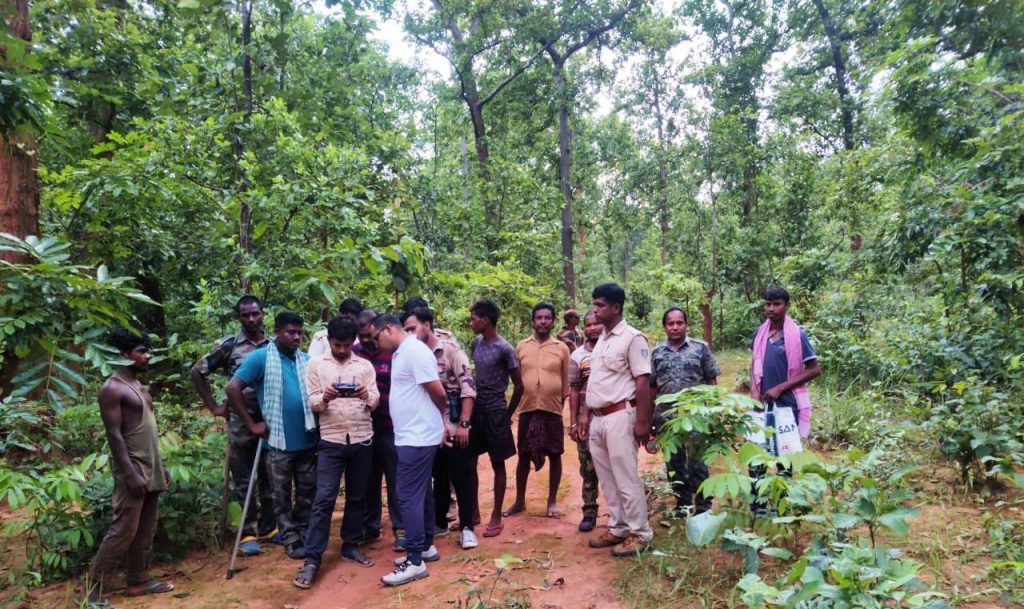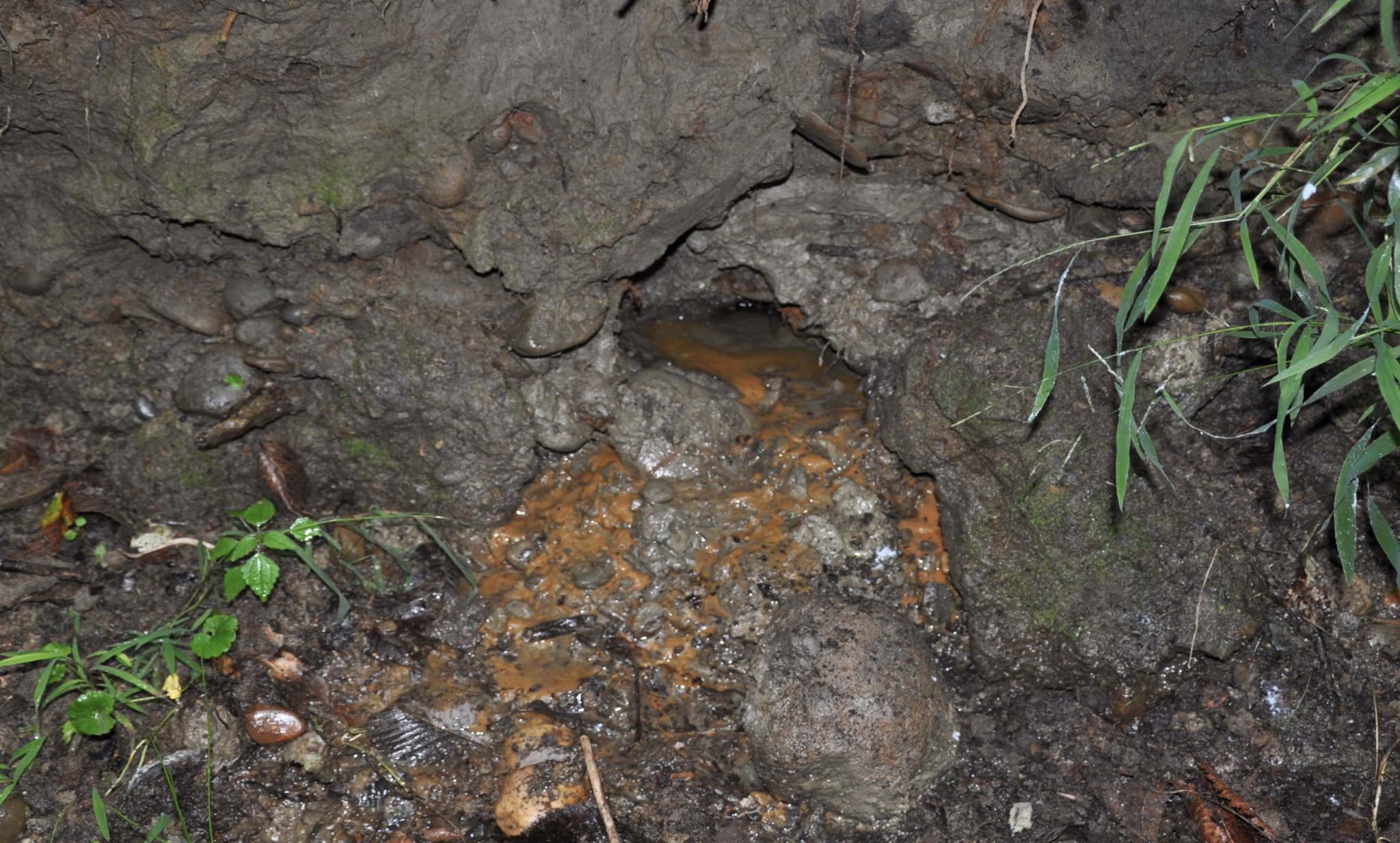

Tree leaf area (LA) and leaf area index (LAI) were measured in a wetland in southern Louisiana by dissecting crowns of felled trees and by scaling stand-level measurements with allometry. Leaf area relationships are important physiologically and ecologically but are not well studied in baldcypress (Taxodium distichum var.
#Metasequoia camera movement free
The possible sources of solute enhancement were starch hydrolysis and release of ionsįrom the Donnan free space of needle cell walls. To correcting osmotic pressure for water loss by cavitation in Metasequoia glyptostroboides (ii) psychrometer estimates of osmotic pressure obtained in tissues killed by freezing or heating agreed with PV valuesīefore correction for apoplastic water dilution (iii) after correction for dilution effects, a solute concentration enhancement Conclusions include: (i) PV curve values of osmotic pressure are underestimated prior An anatomical evaluation was also used for the first time to compare apoplastic water fraction estimates from Results in this paper provide independent estimates of osmotic pressure by PV curve analysis and by thermocouple psychrometer For about 20 years, cavitation in xylem has been postulated as a possible source of error whenĮstimating the above parameters, but, to the best of the authors’ knowledge, no one has ever previously quantified its influence. It allows the computation of symplasmic/apoplastic Turgor pressure, and elastic modulus of cell walls as a function of relative water content. PV curve analysis yields values of osmotic pressure,

In leaves (water potential isotherms) as summarized in the Höfler diagram. Pressure–volume (PV) curve analysis is the most common and accurate way of estimating all components of the water relationships The results are discussed in terms of various models for leaf growth rate. We conclude that water stress alone does mimic the direction and magnitude of changes in leaf morphology observed in tall trees. Needle relative growth rate, needle length and cell sizes were linear functions of the daily average water potential at the time of leaf growth (r² 0.88-0.999). Palisade and spongy mesophyll cell size and upper epidermal cell size decreased significantly in drought treatments.
#Metasequoia camera movement full
Needles from water-stressed plants had lower maximum volumetric elastic modulus (ε(max)), osmotic potential at full turgor (Ψ¹⁰⁰(π)) (and at zero turgor (Ψ⁰(π)) (than those from well-watered plants. Drought treatment significantly reduced final needle count, area and mass per area (leaf mass area, LMA) and increased needle density. Seedlings were subjected to well-watered and two constant levels of long-term water stress treatments. Tree height increases water stress on growing leaves through increased hydraulic resistance to water flow and increased gravitational potential, hence we assume that water stress imposed by soil dehydration will have an effect equivalent to stress induced by height. The effect of long-term water stress on leaf growth and morphology was studied in seedlings of Metasequoia glyptostroboides to understand how tree height might affect leaf morphology in larger trees.


Leaf morphology in the upper canopy of trees tends to be different from that lower down.


 0 kommentar(er)
0 kommentar(er)
